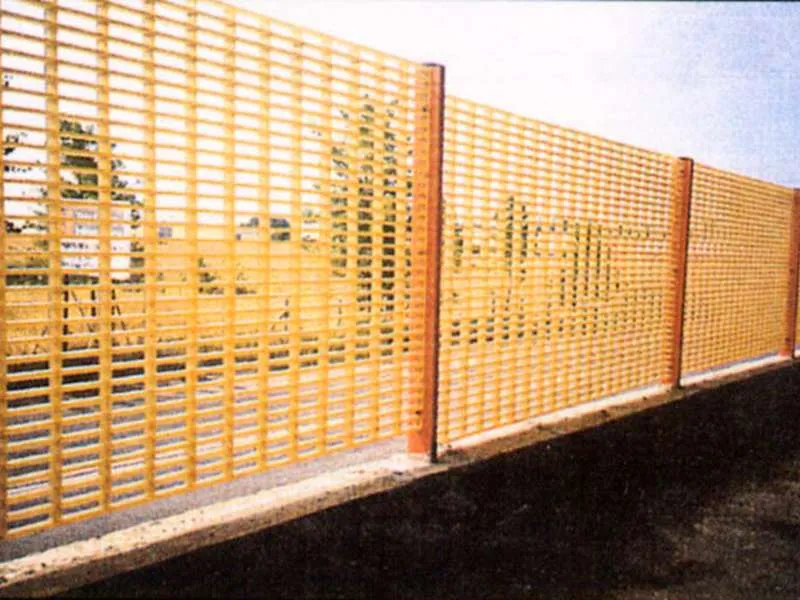
-
 Afrikaans
Afrikaans -
 Albanian
Albanian -
 Amharic
Amharic -
 Arabic
Arabic -
 Armenian
Armenian -
 Azerbaijani
Azerbaijani -
 Basque
Basque -
 Belarusian
Belarusian -
 Bengali
Bengali -
 Bosnian
Bosnian -
 Bulgarian
Bulgarian -
 Catalan
Catalan -
 Cebuano
Cebuano -
 China
China -
 China (Taiwan)
China (Taiwan) -
 Corsican
Corsican -
 Croatian
Croatian -
 Czech
Czech -
 Danish
Danish -
 Dutch
Dutch -
 English
English -
 Esperanto
Esperanto -
 Estonian
Estonian -
 Finnish
Finnish -
 French
French -
 Frisian
Frisian -
 Galician
Galician -
 Georgian
Georgian -
 German
German -
 Greek
Greek -
 Gujarati
Gujarati -
 Haitian Creole
Haitian Creole -
 hausa
hausa -
 hawaiian
hawaiian -
 Hebrew
Hebrew -
 Hindi
Hindi -
 Miao
Miao -
 Hungarian
Hungarian -
 Icelandic
Icelandic -
 igbo
igbo -
 Indonesian
Indonesian -
 irish
irish -
 Italian
Italian -
 Japanese
Japanese -
 Javanese
Javanese -
 Kannada
Kannada -
 kazakh
kazakh -
 Khmer
Khmer -
 Rwandese
Rwandese -
 Korean
Korean -
 Kurdish
Kurdish -
 Kyrgyz
Kyrgyz -
 Lao
Lao -
 Latin
Latin -
 Latvian
Latvian -
 Lithuanian
Lithuanian -
 Luxembourgish
Luxembourgish -
 Macedonian
Macedonian -
 Malgashi
Malgashi -
 Malay
Malay -
 Malayalam
Malayalam -
 Maltese
Maltese -
 Maori
Maori -
 Marathi
Marathi -
 Mongolian
Mongolian -
 Myanmar
Myanmar -
 Nepali
Nepali -
 Norwegian
Norwegian -
 Norwegian
Norwegian -
 Occitan
Occitan -
 Pashto
Pashto -
 Persian
Persian -
 Polish
Polish -
 Portuguese
Portuguese -
 Punjabi
Punjabi -
 Romanian
Romanian -
 Russian
Russian -
 Samoan
Samoan -
 Scottish Gaelic
Scottish Gaelic -
 Serbian
Serbian -
 Sesotho
Sesotho -
 Shona
Shona -
 Sindhi
Sindhi -
 Sinhala
Sinhala -
 Slovak
Slovak -
 Slovenian
Slovenian -
 Somali
Somali -
 Spanish
Spanish -
 Sundanese
Sundanese -
 Swahili
Swahili -
 Swedish
Swedish -
 Tagalog
Tagalog -
 Tajik
Tajik -
 Tamil
Tamil -
 Tatar
Tatar -
 Telugu
Telugu -
 Thai
Thai -
 Turkish
Turkish -
 Turkmen
Turkmen -
 Ukrainian
Ukrainian -
 Urdu
Urdu -
 Uighur
Uighur -
 Uzbek
Uzbek -
 Vietnamese
Vietnamese -
 Welsh
Welsh -
 Bantu
Bantu -
 Yiddish
Yiddish -
 Yoruba
Yoruba -
 Zulu
Zulu
inserting rock bits techniques and strategies for efficient
Inserting Rock Bits Techniques and Strategies for Efficient Operations
The extraction of resources from the Earth is a pivotal aspect of modern industry, and the efficiency of this process largely depends on the tools employed—particularly rock bits. In the realm of drilling, rock bits serve as the cutting edge of operations, playing a critical role in determining the speed, cost, and effectiveness of drilling activities. This article explores various techniques and strategies for the efficient insertion of rock bits, emphasizing the importance of technology, planning, and operator skill.
Understanding Rock Bits
Rock bits are essential drilling tools designed to penetrate various types of geological formations. They come in diverse shapes and sizes, tailored to specific types of rock and drilling conditions. The most common types of rock bits include roller cone bits, diamond bits, and PDC (Polycrystalline Diamond Compact) bits. Each type presents unique advantages and challenges, and choosing the right bit is the first step toward efficient drilling.
Pre-Planning and Selection
The groundwork for efficient rock bit insertion begins even before the drill hits the surface. Comprehensive planning and selection of the appropriate bit for the particular geological formation being targeted are crucial. This process involves examining geological surveys, rock properties, and historical drilling performance data. By understanding the formation's hardness, abrasiveness, and layering, operators can select a rock bit that optimally matches the conditions, which directly impacts the rate of penetration (ROP) and overall efficiency.
Utilization of Technology
Advancements in technology have significantly improved the methods for inserting rock bits. Tools such as real-time monitoring systems allow operators to gather data on various drilling parameters, including weight on bit (WOB), rotary speed, and drilling fluid properties. This information is essential for making informed decisions during the drilling process. Furthermore, computer simulations and modeling software can predict how a specific rock bit will perform under various conditions, enabling more strategic planning before the actual drilling begins.
inserting rock bits techniques and strategies for efficient

Effective Insertion Techniques
Inserting rock bits efficiently involves several key techniques that ensure optimal performance while minimizing wear and tear. First and foremost, operators should maintain proper weight on the bit, as insufficient or excessive weight can lead to suboptimal drilling rates and increased bit wear. The ideal WOB will depend on the bit design and the formation being drilled.
Additionally, the rotational speed of the drill should be tailored to the specific bit type and formation. Roller cone bits generally perform better at higher speeds, while PDC bits thrive on a balance between high torque and moderate speed. Operators must also monitor the bit's cooling and lubrication, as overheating can compromise the integrity of the bit and slow down the drilling process.
Post-Operative Analysis
After the insertion of rock bits and completion of drilling, conducting a post-operative analysis is vital. Evaluating performance metrics such as ROP, rate of bit wear, and any encountered drilling challenges provides insights that can be used to improve future drilling operations. Understanding what worked well and identifying areas for improvement will lead to more efficient strategies and better bit selection in subsequent projects.
Conclusion
In summary, the insertion of rock bits is a multifaceted process that requires careful planning, technological integration, and skilled operation. By selecting the appropriate bit, utilizing advanced technology for real-time monitoring, applying effective insertion techniques, and conducting thorough post-operative analysis, operators can drastically improve the efficiency of their drilling operations. As industries continue to demand more efficient resource extraction, mastering these techniques will be essential for future success in drilling operations. By focusing on these key areas, companies can optimize their productivity and reduce costs while navigating the complexities of the geological landscape.









